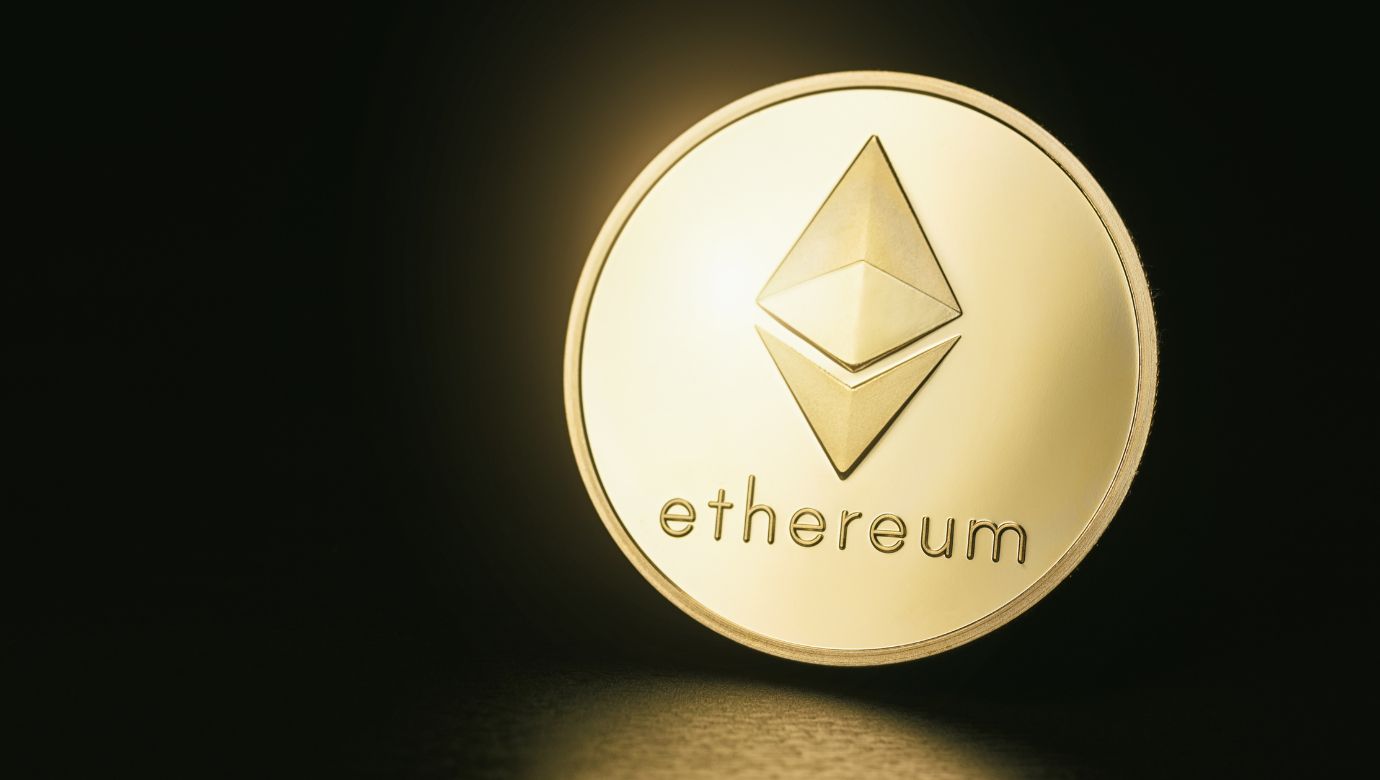Recent changes to the Ethereum roadmap have drawn criticism from some in the community. Justin Bons, founder of Cyber Capital, said at assert Removing plans to increase layer 1 gas limits over time would be a huge mistake.
Is Ethereum “digging its own grave”?
According to Bons, if it decides not to pursue sharding and instead relies on layer 2 platforms like Arbitrum, Base, and OP Mainnet, “we will gradually see Ethereum dig its own grave.”
The founder added that completely removing the phrase “layer 1 gas limit increase” would send a clear signal to the market that “Ethereum is not scaling at all.” The founder said the decision was “a huge blow to early adopters” who supported Ethereum based on its scalability promise.
In Ethereum, gas limits define the maximum amount of gas used in a block. The higher it is, the cheaper the mainnet transaction costs. This limit has been increased over time to help keep gas prices down, especially during bull markets. As of December, this limit is 30 million gwei, according to Etherscan. data.

Bons also criticizes Ethereum developers for calling the chain a “B2B” chain. By becoming a transplanted “enterprise chain” it will harm the network in the long run by pricing out regular users in favor of “rent-seeking” layer 2 and developers owning layer 2 tokens.
Should sharding rather than Layer-2 be prioritized?
As inferred from the latest Ethereum developer call, the goal is to make the network a host to layer 2. These layer 2s are mainly driven by rollups and other variants, some of which incorporate zero-knowledge proofs for better privacy.
Technically, a rollup solution involves routing transactions back to an off-chain platform to order and verify them, and later confirming them on the mainnet. In this way, the mainnet (Ethereum in this case) is spared from additional load, especially during periods of high demand. Additionally, users can enjoy lower transaction fees than when trading on the mainnet.
Nonetheless, Bons argues that while this path is an important part of Ethereum’s on-chain scaling, it means delaying sharding. Sharding is a technology that helps expand Ethereum by dividing the mainnet into smaller units or shards.
These shards operate independently but are heavily interconnected. In this way, the mainnet will scale because these small chunks process transactions independently, lowering transaction fees.
Featured image from Canva, chart from TradingView

